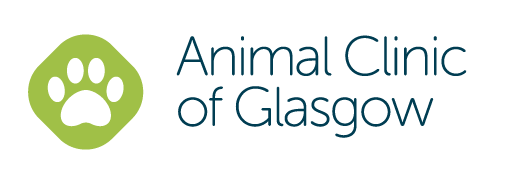Library
-
This handout summarizes the various forms of treatment for cats with asthma and includes a list of treatment instructions for home care. Treatment options include corticosteroids, bronchodilators, and inhaler use. Warning signs for cat owners to watch out for are included.
-
On the hunt, Treeing Walkers are alert, intense, and loud, sounding off with their big coonhound bawl. But don't let that fool you; at home they are calm, affectionate, and great lovers of pillows and blankets.
-
Trifluridine is an antiviral topical medication used to treat viral infections of the eye, such as herpesvirus-1 in cats. Give as directed. Side effects include eye irritation. Do not use in pets with an allergy to this medication. If a negative reaction occurs, please call the veterinary office.
-
Trypsin-like immunoreactivity (TLI) is a blood test that measures the amount of a pancreatic proenzyme called trypsinogen. This measurement correlates with the amount of pancreatic enzymes released into the intestine to aid in digestion. A low measurement indicates exocrine pancreatic insufficiency. Concurrent pancreatitis or tests done shortly after a meal may temporarily increase this measurement to a normal value (false negative).
-
Tube feeding is important to maintain adequate nutrition and prevent liver problems in cats that are anorexic for at least 2 days. Tube feeding may be needed because of a mechanical problem interfering with ingestion of food or because of a systemic illness that is causing the cat to be anorexic. There are several different options for tube feeding. Naso-esophageal/naso-gastric intubation passes a tube down the nose into the esophagus and sometimes into the stomach. This is only suitable for short term feeding. Placement of an esophageal tube requires sedation or anesthesia as a hole is made through the skin and esophagus to pass the tube through into the esophagus. An esophageal tube can be maintained for weeks to months. A gastrostomy tube requires anesthesia to pass a tube through the skin directly into the stomach. This is beneficial for longer term feeding. A tube must be protected to prevent the cat from pulling it out. The recommended diet is administered in liquid form by a syringe several times a day. Complications are rare with clogging and inadvertent removal most common.
-
Tumors are cancerous growths. They may be found on the surface of a bird's body or in the internal organs. Veterinary examination of any growth or lump is highly advised as tumors may grow rapidly or spread.
-
Lipomas are fatty tumors that affect a variety of pet birds. These are typically benign fatty growths found under the skin. It is classically considered to have both a nutritional and genetic factor for development.
-
Xanthomas are discrete masses or diffuse, thickened areas of skin that are yellow-orange and dimpled in appearance. They are accumulations of fat and cholesterol and are most commonly found in cockatiels and budgies (and they are more often found in females).
-
This is a common condition, invariably associated with exercise, that most frequently causes hindlimb stiffness, but can affect any of the muscles of the skeleton. Other medical terminologies include 'acute myopathy' and 'rhabdomyolysis'.
-
Damage to the tympanic membrane and middle ear infections can be very painful for cats and cause a variety of clinical signs affecting the skin and nervous system. Diagnosis often requires a thorough ear examination with testing while your cat is under sedation or anesthesia. The treatment methods and prognosis depend on the nature of your cat's condition.
